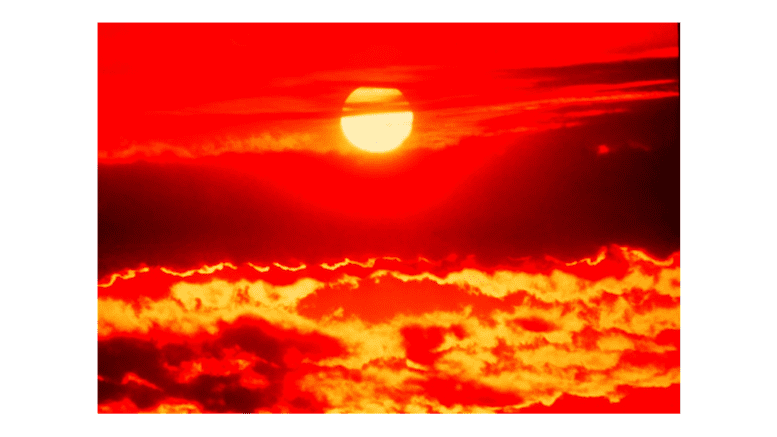Dr. Thomas Rotnem, Associate Director of the School of Government and International Affairs and Professor of Political Science at Kennesaw State University, has been awarded a National Science Foundation (NSF) grant to study how recent climate shifts have affected farming and other communities in Iceland and Greenland.
The two-year, nearly $200,000 grant will allow Rotnem and his research partner to visit southwestern Iceland and southern Greenland and investigate how climate change has impacted local ecosystems, infrastructure, and the livelihoods of farmers, as well as the methods used to press for government assistance to mitigate the effects.
“Just from a preliminary look at the area, we know there have been significant changes. The ice in these areas is not as robust as it used to be, and farmers have longer growing seasons,” Rotnem said. “Our job will be to interact with the people who are living with these changes and have them help us develop research questions for a future study that will help them.”
They will also analyze changes to the areas over the past 22 years and what efforts residents have made to combat them.
“Tom Rotnem is one of the leading researchers in the country on the changing economic and political dynamics of the Arctic and the North Atlantic region,” said Kerwin Swint, director of the School of Government and International Affairs and professor of political science. “This NSF grant will lead to an advanced understanding of the stakes and challenges of protecting and governing those fast-changing areas.”
Rotem said the most significant change has been erratic precipitation patterns that affect farming, compounded by the fact that little irrigation infrastructure exists.
Greenland, with a population of about 55,000, and Iceland, with a population of around 375,000, are about 200 miles apart.

